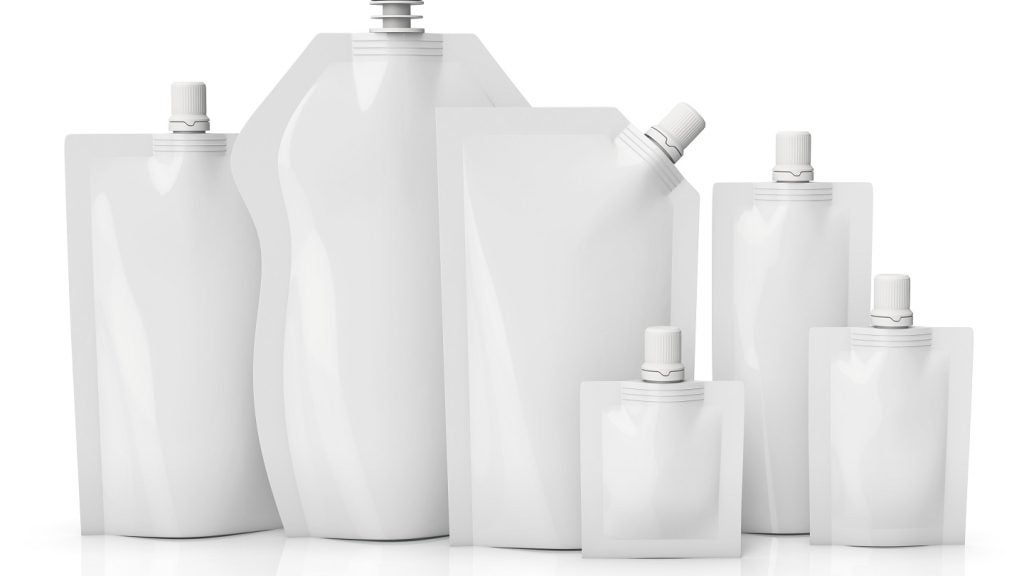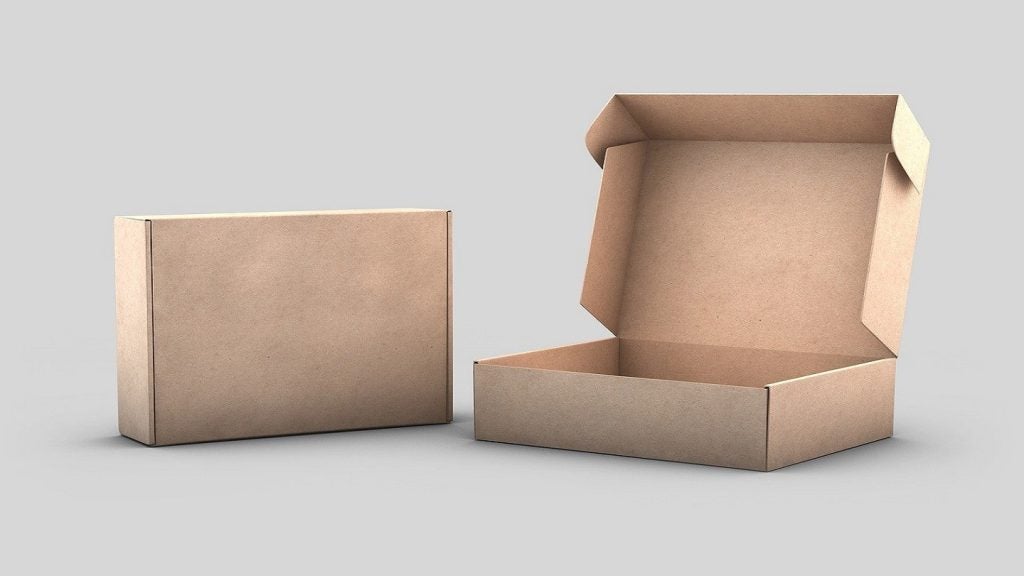
During a recession, the impact that packaging has on consumer decisions at the shelf is crucial. Products must stand out from the crowd, send a clear message through its packaging design and create an instant connection with the buyer.
Some packaging is changed frequently in order to keep pace with the evolving trends that shape consumer preferences so specific market demographics can be targeted or to make use of innovative designs or materials. Others seem to change little as the key design elements of the packaging make the product instantly recognisable worldwide and command loyalty among a range of consumers that cuts across age groups, social classifications or regional markets.
In many ways, those products have refined their packaging to the point where they have an iconic presence in market: one of the most obvious examples is Coca-Cola.
Unmistakable identity
The renowned soft drink has become synonymous with its uniquely shaped bottle, which appears to have changed little over the years. Similarly, the Coca-Cola and Coke logos are key to the brand’s iconic status, helping to make it instantly familiar whether it is in a bottle or a can.
See Also:
The packaging has a powerful consumer message that goes far beyond the drink’s capacity to slake a thirst.
How well do you really know your competitors?
Access the most comprehensive Company Profiles on the market, powered by GlobalData. Save hours of research. Gain competitive edge.

Thank you!
Your download email will arrive shortly
Not ready to buy yet? Download a free sample
We are confident about the unique quality of our Company Profiles. However, we want you to make the most beneficial decision for your business, so we offer a free sample that you can download by submitting the below form
By GlobalData“Coca-Cola has the brands people love for all the occasions of their lives,” says Scott Williamson, director, communications, Coca-Cola North America. “By connecting to these many occasions, Coca-Cola maintains powerful relationships with consumers.”
Coca-Cola also proves that iconic packaging is a powerful tool in maintaining brand loyalty, even during a recession. The food and beverage market differs from many other consumer sectors in that it is relatively resilient in terms of sales volumes during periods when economic conditions are deteriorating.
This is for the simple reason that people continue to eat and drink during a recession. However, the economic climate does have an effect on the buying patterns of consumers within that sector.
For example, when the economy is suffering, consumers may feel pressure to substitute premier brands with value brands. Yet some premier brands manage to maintain their strong position in the market. Coca-Cola is one of these products, not only because the purchasing public is aware of the quality of the soft drink it is buying, but also because its packaging plays a big role in boosting the impact of the product at the shelf.
“Coca-Cola is the world’s most famous brand with the best-known trademark, recognised by 94% of the world’s population,” notes Williamson. “Coke benefits from remarkable brand loyalty in good times as well as in challenging times.”
Open to change
The familiarity of the Coke bottle and logo perhaps belies the effort that goes into maintaining an iconic brand. Although the bottle design has undergone many subtle changes since its introduction in 1915, the enduring image is the contour bottle shape, which has defined many incarnations of the drink’s packaging, including the aluminium version that was introduced alongside the traditional glass bottle.
The logo has also lasted in largely the same form since it was designed in 1885 by Frank Mason Robinson, bookkeeper to the soft drink’s inventor John Pemberton.
Core elements of the bottle and logo design remain the same, but every brand is subject to the pressures of changing markets, whether it be in terms of consumers’ preferences or logistical issues along the supply chain.
Coca-Cola has never taken for granted the success of its branding, and the company has ensured that its packaging and branding remain relevant for its consumer markets and its supply chain.
“Thanks to the iconic contour glass bottle, packaging has long played a crucial role in the brand image of Coca-Cola,” says Williamson. “Innovative packaging is even more important to our company today. We are now in the era of “shopper marketing”, and The Coca-Cola Company is using strategic insights into how to move a product from the shelf to the cart. With the proliferation of beverage stock-keeping units, the ability to distinguish a brand in the store directly impacts shopper buying behaviour.”
The company’s tradition of innovation will continue according to market demands, but Williamson emphasises that any changes will always be heavily influenced by the elements of packaging design that have served the product so well in the past.
Packaging has been so vital to the company’s brand capital, it would make no sense to jettison any of the design ideas that have contributed to its enduring success.
“There is tremendous power in the Coca-Cola brand,” he explains. “As we look to the future, there will be more variety than ever in terms of sizes and bundles. The contour shape will become more prominent with the introduction of a 2l contour bottle in the US. In late 2008, we launched new entry packages – 14oz and 16oz – for convenience stores, typically priced at less than $1 per bottle.”
Keeping up to date
The strong elements of the packaging design must be placed not only within the context of the needs of today’s consumers, but also the industry’s regulators.
Sustainability is a pressing issue for The Coca-Cola Company.
“We have made important developments on the environmental front,” says Williamson. “We have unveiled a new plastic bottle, which is made partially from plants. The PlantBottle™ is fully recyclable, has a lower reliance on a non-renewable resource, and reduces carbon emissions compared with petroleum-based PET plastic bottles. It is a significant development in sustainable packaging innovation. It builds on our legacy of environmental ingenuity and sets the course for us to realise our vision to eventually introduce bottles made with materials that are 100% recyclable and renewable.”
Creating an iconic brand may require a stroke of luck or a touch of genius, but maintaining the status of such a brand requires constant innovation and hard work. Packaging is a vital focus for that process, which rarely happens overnight.
There is no template for the design process that is guaranteed to deliver packaging for a brand that will have the presence and longevity of Coca-Cola, or which will instill the same consumer loyalty regardless of economic conditions and market trends.
The example of Coca-Cola shows just how powerful success in packaging design can be in ensuring that consumers remain loyal to a product in tough as well as healthy economic times. Coke has many imitators, but it remains the most familiar brand on the planet, and in many ways it represents the pot of gold at the end of the rainbow for packaging designers.
There is obviously a lot to be gained from designing packaging that can not only adapt to market trends, but also has elements that are timeless.






